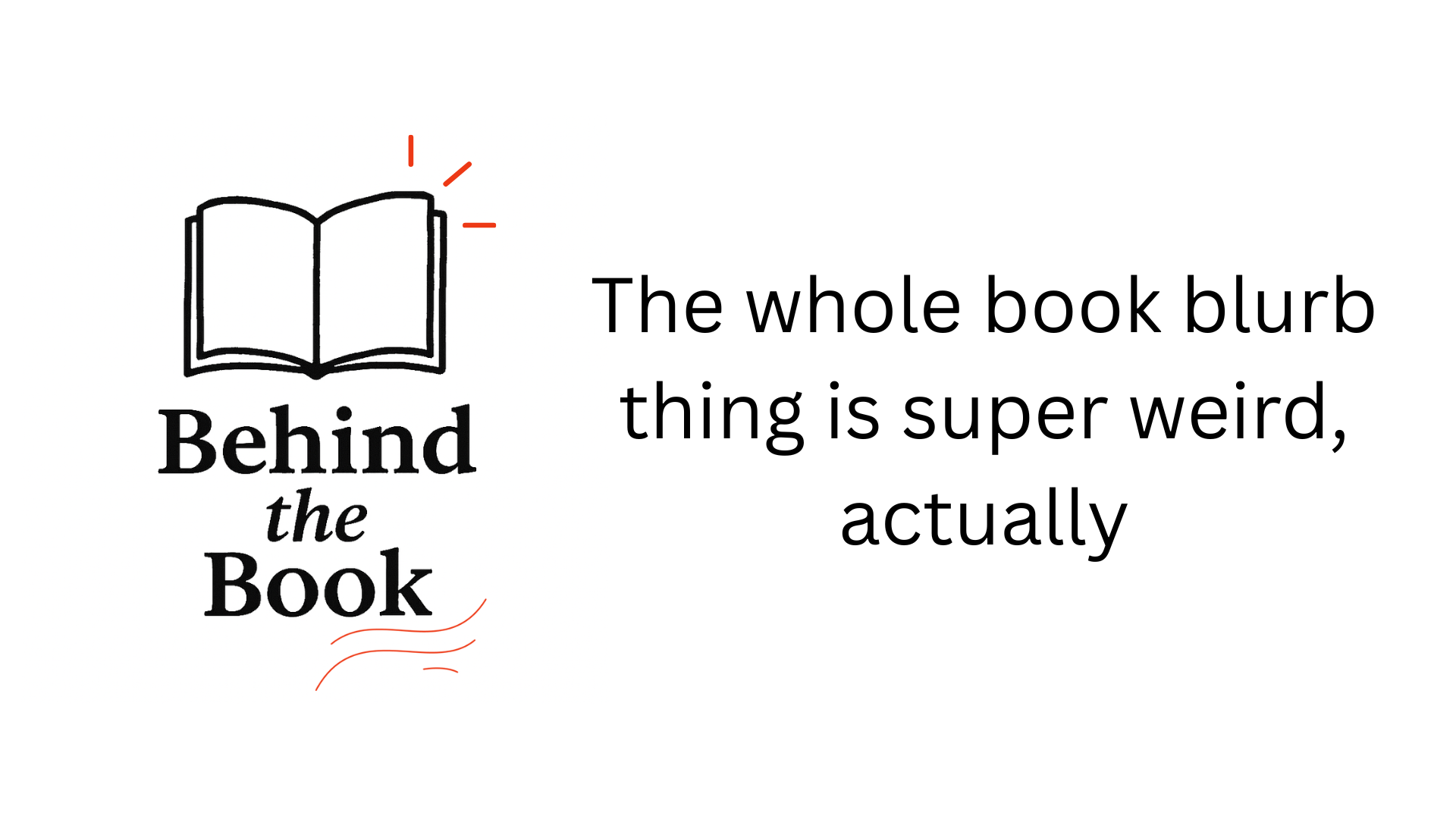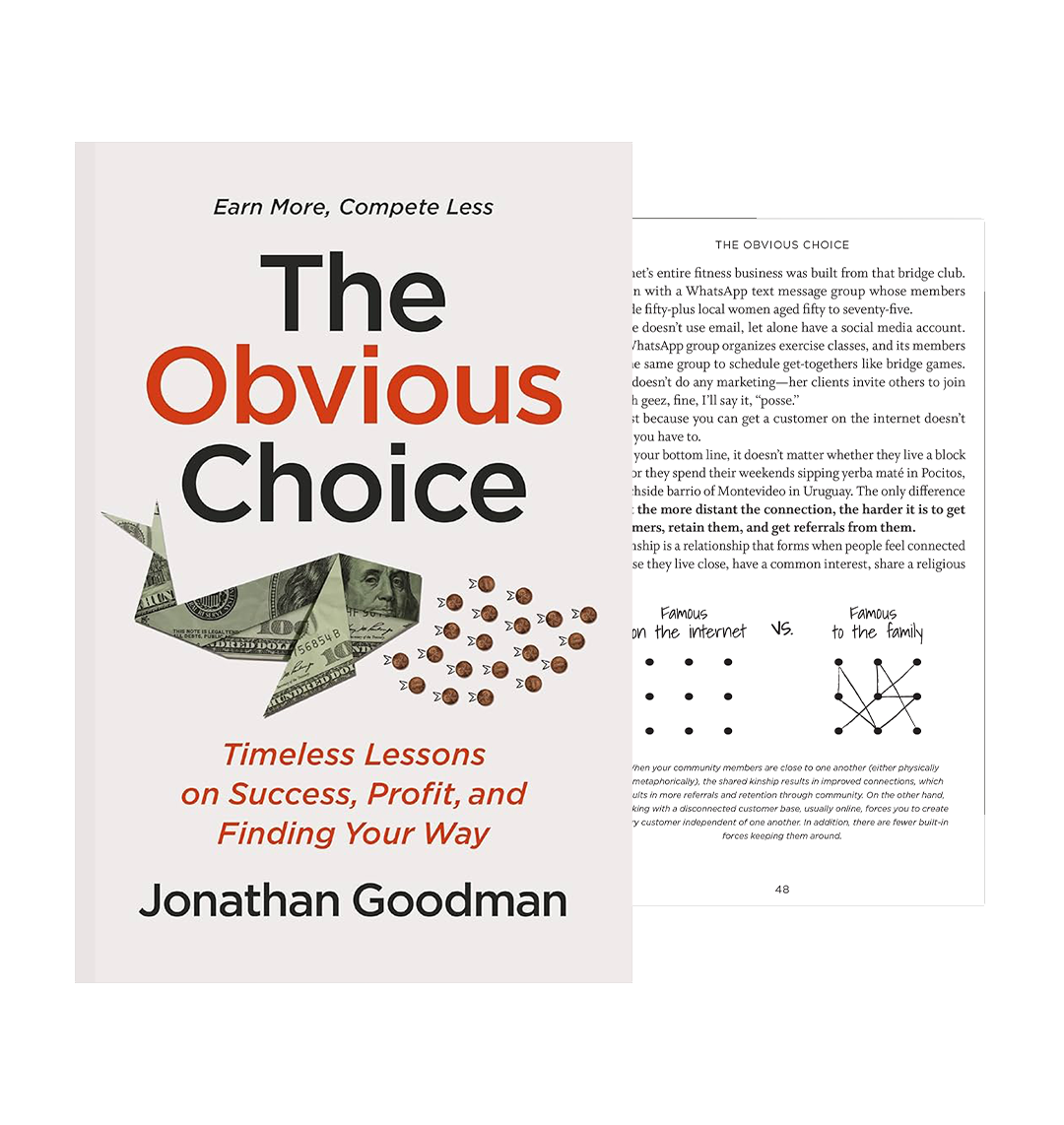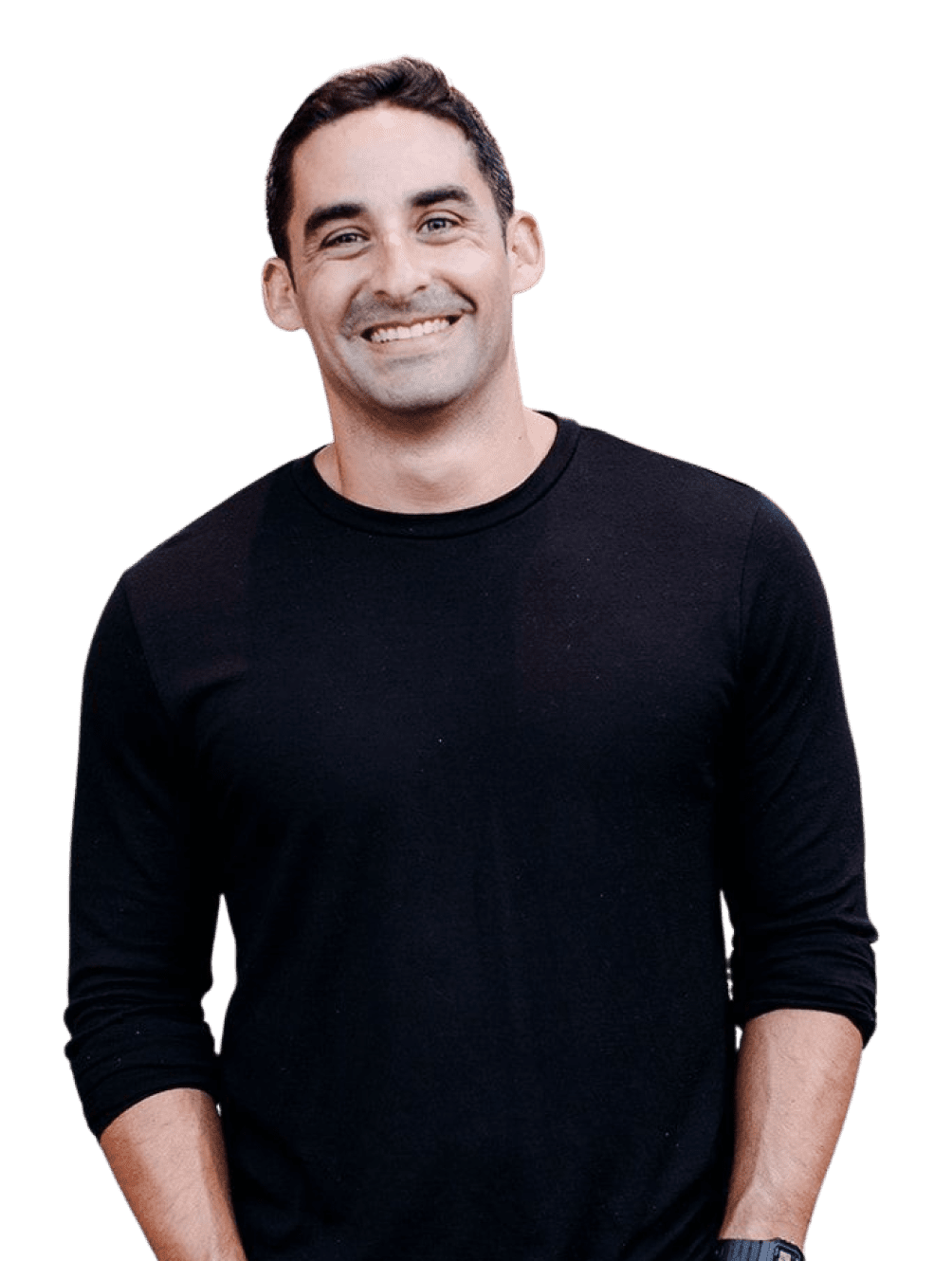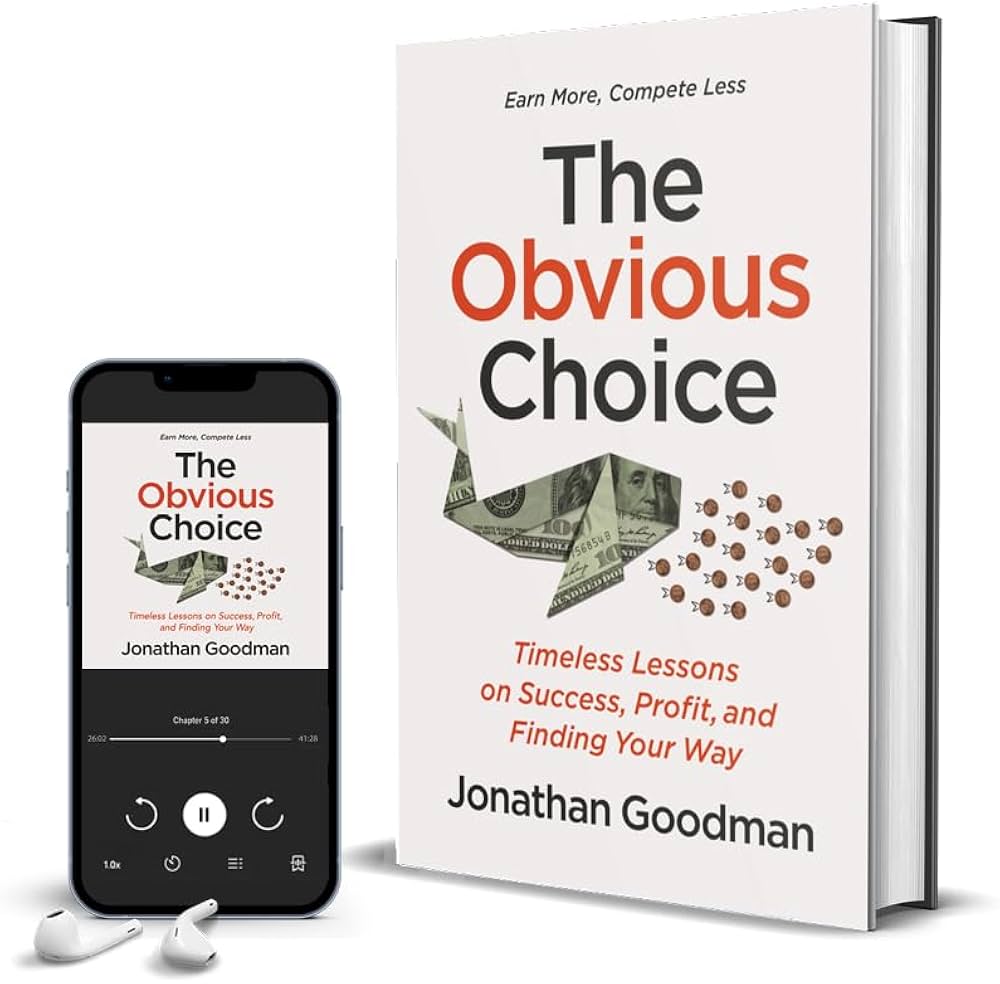This is a post from Behind the Book, a free pop-up newsletter about writing and selling books. To read more from BTB and subscribe, please click here.
--
Blurbs are short and catchy promotional lines for books, written by well-known people. You see them on the back of hardcovers and Amazon pages.
First, a few thoughts:
- Blurbs won’t get your book discovered.
- Blurbs could get your book bought after it’s been discovered.
- Asking for them feels super weird.
I just got the final blurb for Unhinged Habits (out Jan 27, 2026). While it’s fresh, I wrote down my thoughts and strategy.
First, when you’ll need them by.
Next, who to get them from.
Then, how to ask (includes screenshots of actual message requests).
And finally, some nuanced tricks of the trade I wish people told me earlier.
When you’ll need book blurbs by
With a traditionally published book, your editor’s going to want the blurbs about six months before publication date.
Working backwards:
- Start asking 8 months prior to publication.
- Start building relationships with ideal blurbers 12-16 months prior (at least).
In my case, here’s how this played out:
- The book launches Jan 27, 2026.
- My deadline for blurbs is July 31, 2025.
- I began asking in early May.
- I followed up mid-July with those who had agreed but hadn't delivered.
That said, if you get a great blurb after the deadline, you can usually request it get added to your book jacket (or get it added for the next printing). The Amazon page can get updated at any point.
If you self-publish, there’s no deadline because you can change your cover and Amazon page on the fly.
Who to get book blurbs from
Here are the two most effective book blurb sources:
- Notable authors in your genre.
- Recognizable leaders at companies your audience knows.
An example of each group from my books:
For The Obvious Choice, a marketing and small business book, the president of Shopify (Harley Finkelstein ) said “if you’re selling something, you need this book in your life.”
For Unhinged Habits (comes out Jan 27, 2026), Dr. Arthur Brooks said “this beautiful book will help you reorient your life around what matters most.”
How many blurbs do you ultimately want?
- A hardcover book jacket has space for 5-6.
- Amazon’s limit is 10 editorial reviews.
More isn’t better.
Charlie Hoehn called me on my crap a while back.
I was making a list of my top 50 people to promote my book. “Maybe cut that down.” He said. “Top 5, or 3.”
He was pointing out the power law distribution at play. One top-tier person has more mind-share and influence than people ranked 5-100 combined.
Go deep, not wide. Aim high. The highest. Probably not Oprah. Celebrities aren’t accessible. But famous authors often are.
Make a list of the 3-5 top people you want to blurb. Call it a “wildest dreams” list.
You don’t need to know them. You don’t need to have a connection to them. You probably think it’s an insane long-shot. Which it is. But you need one. And I bet you could get it.
Follow them on every account that they have. Read their emails and reply every so often. Buy their things. Attend their events. Send them incredible unsolicited testimonials. Become their biggest fan. If you have the resources, bulk buy their book, make a sizeable donation to their charity, anything.
A thousand small sparks will hit the ground and diffuse away. A single lightning strike permanently alters the landscape. Aim high. Focus.
A tip for self-published authors.
For Ignite the Fire, a book I self-published for personal trainers, I grabbed text from verified Amazon reviews and used them as blurbs. It was a nice hack to fill out an Amazon page early on.

Additionally, self-published book covers can be changed at any time. Use that to your advantage. Consider your book cover and Amazon page an ever-improving asset.
For example, when Muscle & Fitness featured Ignite three years after its release, I revised the cover to include the blurb.

What should your blurbs say?
The better you know who your ideal reader is, the better you’ll strategize your blurbs.
Last thing you want are repetitive lines saying “this book is good. I like this book. Awesome book.”
This whole thing is a copywriting exercise. One blurb, one audience, one promise.
For The Obvious Choice, I wanted to speak to:
- People frustrated with social media not working the way they hoped to get customers.
- Local business owners.
- Mompreneurs / female empowerment.
You can read the endorsements on the Amazon page to see if I did a good job or not. (Then please buy a copy or two. Or ten.)
Who do the most effective blurbs come from?
The best blurb you could ever get is from a big-name author in your genre. It’s way better for selling books than a big shot CEO.
How to ask for a book blurb
Blurbs are usually more of a character reference than a comment on the quality of your book. Most people who blurb a book haven’t read the book. Maybe that’s obvious, but I didn’t know that before.
You’re asking somebody to lend the trust that they’ve taken a career to build to you and your book. That’s a big ask.
This is a long-term relationship game.
If you start trying to make connections with people when you need blurbs, you’re at least 4-6 months too late.
Focus on a few. Strategically follow them closely. Bide your time and wait for opportunities to escalate the relationship. Here’s a few things that I do.
1.They announce that they’re coming out with a book. I message them immediately and say I want to make a bulk buy. (Usually 50-100 copies.)

2. They’re coming to my town. I message and offer to pick them up at the airport and drive them to where they’re staying. (Credit to Nick Gray for the free airport ride idea.)

3. I’m going to their town (or am willing to). I message to say I’m in town at a specific day. Ask if they are available. If so, I book a flight.

Don’t hold grudges
Also, expect nothing in return because if you do all of this to five people, four of the five won’t go anywhere. Don’t hold grudges. This is the game.
An example:
That message above with the guy I went to New York to see. Here's what happened . . .
He said yes, for 30-minutes at 5:30pm on Thursday night. I got his message mid-day on Wednesday.

Within ten minutes of receiving his message, I confirmed that I’d see him there and booked a flight for 6am the next morning. Then messaged a few others to meet up in New York.

We met. Hit it off. At 7pm, I walked out of the jazz club, grabbed a cab to the airport, and flew home. Biked my son to school the next morning.
Based on our conversation, I sent him follow-up tips for social media and filming videos on things that I knew he was struggling with. He responded with a thumbs up.
I asked him for a blurb.
He didn’t respond.
I later asked if he’d accept an early copy of my book. He said yes. I sent it . . .
Then I never heard from him again.
No grudges. He doesn’t owe me anything.
In my mind, I flew to New York just for him. I added value to him. I sent him a copy of my book. But he didn’t ask for any of these things. That’s my story, not his.
More than a year later we were at a dinner together. He introduced himself to me. He didn’t remember we had already met. Or texted. Or that I had sent him my book.
Midway through the dinner he made the connection and felt bad about it. We talk often now. He just sent me an email. Saw the notification. I haven't read it yet. We’re going to be doing a lot of cross-promotion together next year.
Don’t be in a rush. Don't hold grudges. This is the game––play it with a long lens.
One other hack: Include them in your book
Attribute an idea to them. Quote their work. Whatever.
Write the section. Screenshot it. Then send them an email saying that you’re working on a book and loved what they said about X. Ask their permission to include it.

Now, you don’t need their permission to attribute an idea or quote them. But it’s a subtle way of letting them know you admire them, that you’re the type of person who is doing big and important things, and that they’re involved.
Continue writing the book. Continue being their biggest fan. Comment on their social media. Reply to their emails. Buy their stuff, screenshot when you do, share to social media, and tag them. Send them unsolicited testimonials. Do all the things.
Then, when it’s time to ask for a blurb, respond to the message you originally sent to them way back when.
This doesn’t always work. It usually works. It’s got a good chance of working. That's all you can hope for.
The message that I send requesting blurbs
Credit where credit’s due: I swiped this from James Clear.
It’s based off of the email he sent me asking if I’d accept a promotional copy of Atomic Habits before its release back in 2018.

Follow up once. Then let it be.
If the person doesn’t respond, I follow up once. And in that message, I make sure to tell them that I’m not going to follow up again and include an endorsement from at least one other I know that they admire.

Tricks of the trade
Finally, here are some nuanced bits I’ve learned along the way.
Pre-write most blurbs:
You know the story you want a blurb to tell. Which reader avatar it should appeal to and why. It’s best if you write it. I’ll usually send along a blurb to them. They sometimes write their own anyway but are always appreciative. Usually they’ll modify the one I sent. Which is good. Because then it tells the story I need it to tell within the context of my blurb strategy.
When following up, send a pre-write:
When somebody says yes and doesn’t send it in and you have to follow up, send a pre-written blurb along with your follow-up message.

One top blurb, max 10:
More isn’t better. Amazon only has space for ten. After that, save your ask for other stuff like social media posts, newsletter mentions, etc. You’ve only got so many bullets in the gun.
Maybe include a pattern interrupt blurb:
For You are Awesome, Neil Pasricha included a blurb from Mrs. Stella Dorsman, his third grade teacher. It starts by saying that “Neil was an incredibly quiet, shy, and curious student in my classroom over thirty years ago.”
I love that.
In copywriting, that’s called a pattern interrupt—something that snaps the reader out of their trance and perks up and goes “huh”?
My next book has a chapter on adult friendships. There’s a section called Steve the Mailman. It talks about the importance of building a strong local community.
Here’s a blurb my mailman Steve gave me for the book:
“I’m honoured that you included me in your book, thank you! Your observations are so very true and fascinating, I agree with you…this book is going to be big.” - Steve (Jon’s mailman)
It’s different. It grabs attention. And it makes the statement about building better bonds with the people you do this life thing in parallel with that I argue for in the book.
The key cover quote is worth more than all the others combined
Somebody has to hold a copy of your book to read the endorsements you include on your physical book.
On Amazon (mobile), endorsements have gotten relegated to a second tab. They rarely get seen.
Your book’s cover is always seen. There’s a small space for a key endorsement on it. A short-line. Basically a lead-in line for your title. It’ll show on the Amazon thumbnail and when people have the physical book and in pictures people share of your book across social media.
When it comes to blurbs, one highly-impactful line from one highly-impactful person outweighs all over blurbs combined.
Make a list of your 3-5 dream people. Those universally-recognized people in the world of your ideal reader. The few people where, if their name is attached to something, it immediately makes you want to buy it because they’ve earned that trust.
Make it your mission to get their support. When they say yes, offer to prewrite the blurb. If they accept, include a short sentence you can pull out for the cover.
The one I got is AWESOME. I'll share it soon.
Your book blurbs tell a story
Who did you write your book for?
What are they worried about?
And whose books are they already reading?
Work backwards from those questions for your blurbs. Through what they say and who they are from, your blurbs should tell a story about who the book is for, and make it an obvious choice for the perfect reader.
-Jon
—
P.S. Let’s do a fun thing: PROMOTE YOURSELF by sharing a blurb somebody gave you for your book in the comments. You can link your book there too.
P.P.S. Please send me a connection request. (Jonathan Goodman)
P.P.P.S. I created a stunningly helpful document with the best performing prompts and processes I discovered using AI as a late-stage development editor. If you’d like a free copy, please click here.










